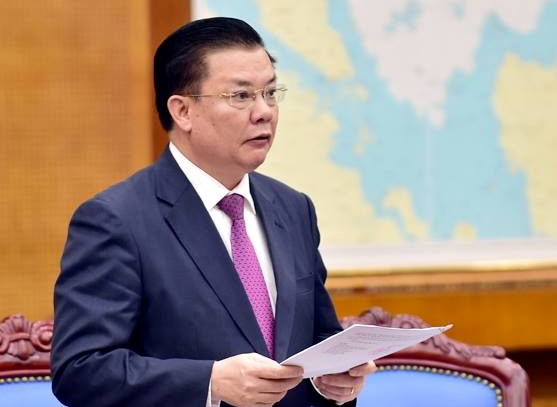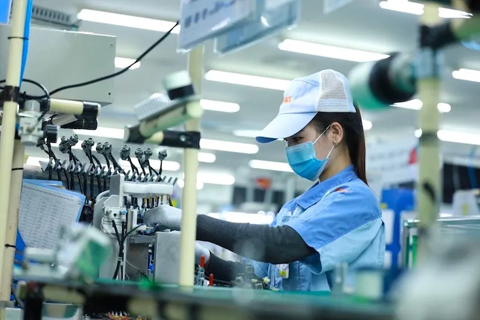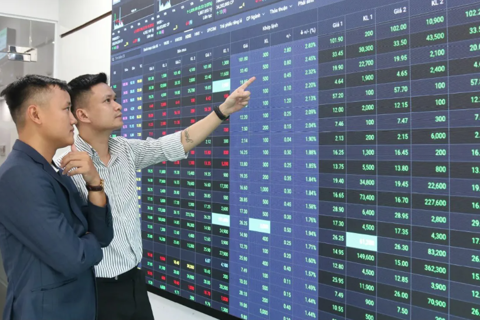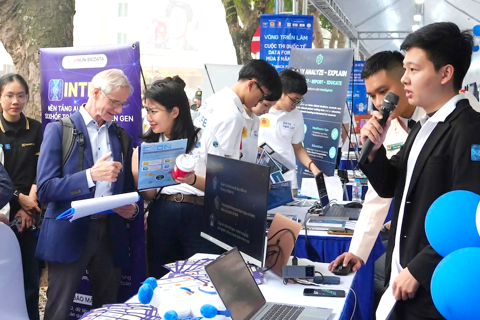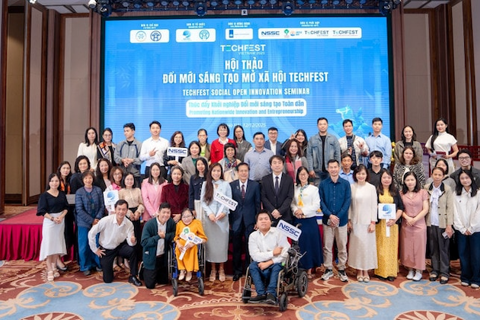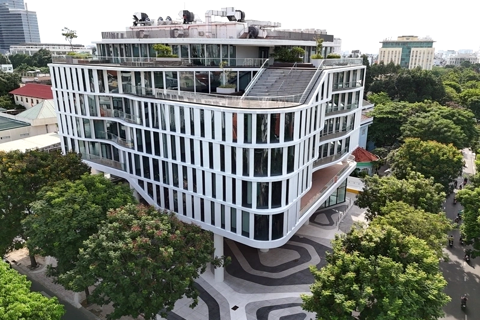Vietnam’s public debt trends down to 56.1% of GDP in 2019
Total capital expenditure in the 2016 – 2020 period would exceed the target of VND2,000 trillion (US$86.45 billion), accounting for 27 – 28% of total spending.
Vietnam’s public debt continued its downtrend from 63.7% of GDP at the end of 2016 to 56.1% to date, while the fiscal deficit is estimated at below 3.4% of GDP, lower than the year’s estimated of 3.7%, according to Minister of Finance Dinh Tien Dung.
| Minister of Finance Dinh Tien Dung. Source: MoF. |
These positive results lay a strong foundation for Vietnam to go into 2020, the final year of the five-year socio-economic plan 2016 – 2020 and 10-year strategy 2010 – 2020, said Dung at a government conference on December 30.
Dung said in the 2016 – 2020 period, the revenue mobilization rate into the state budget should reach 24.4% of GDP, exceeding the target of 23.5%. Notably, the contribution of domestic revenue in the state budget is increasing, going from 82% in 2019 to estimated 84% in 2020, while revenues from crude oil and import-export activities are declining.
Dung added in 2019, the Ministry of Finance has been strengthening efficiency in budget management and restructuring budget expenditure, focusing on higher spending ratio for development investment and lowering current spending.
According to Dung, total capital expenditure in 2016 – 2020 would exceed the target of VND2,000 trillion (US$86.45 billion), accounting for 27 – 28% of total spending and higher than the target of 25 – 26%.
The ratio of current spending in 2019 to total spending was 60.35%, and is estimated at 60.5% in 2020, below the year’s target of 64%.
Dung attributed part of the achievements of the financial sectors to strong reform efforts, particularly in taxation, customs and treasury towards greater transparency and more convenience for the people and enterprises.
In the World Bank’s Doing Business Report 2020, the sub-criteria of paying taxes in Vietnam increased 22 places compared to the last year’s report.
However, the issue of slow public disbursement persists. Such slow disbursement process led to low efficiency of public investment, cost overruns and negative impacts on Vietnam’s credibility in the eyes of creditors.
Another issue is the slow progress in the privatization of state-owned enterprises. In 2019, only nine SOEs were approved to proceed with share sales, taking the number of SOEs having privatization schemes approved in 2016 – 2019 to 168. Of the total, only 36 out of 128 SOEs subject to privatization in 2017 – 2020 completed the process, or 28% of the target number.
Proceeds from privatization and divestment in 2019 stood at VND14 trillion (US$605.26 million), falling short of the target of VND50 trillion (US$2.16 billion).

